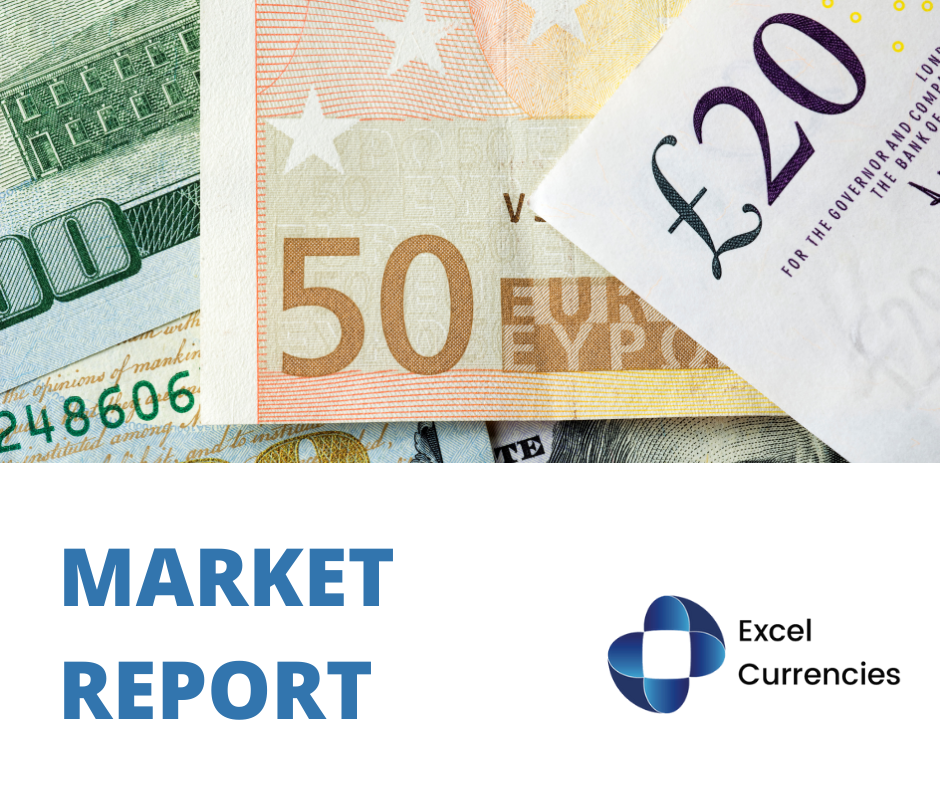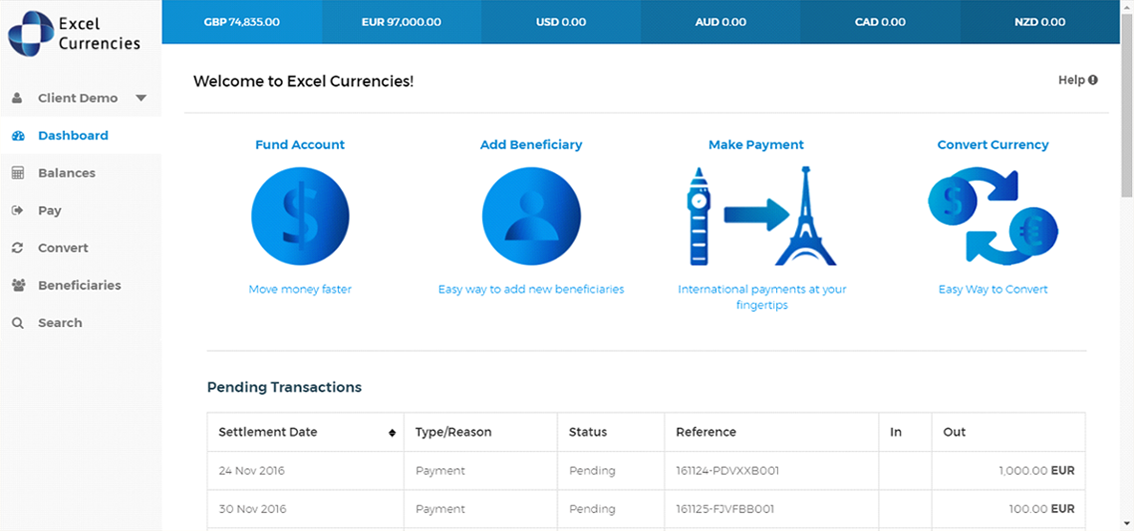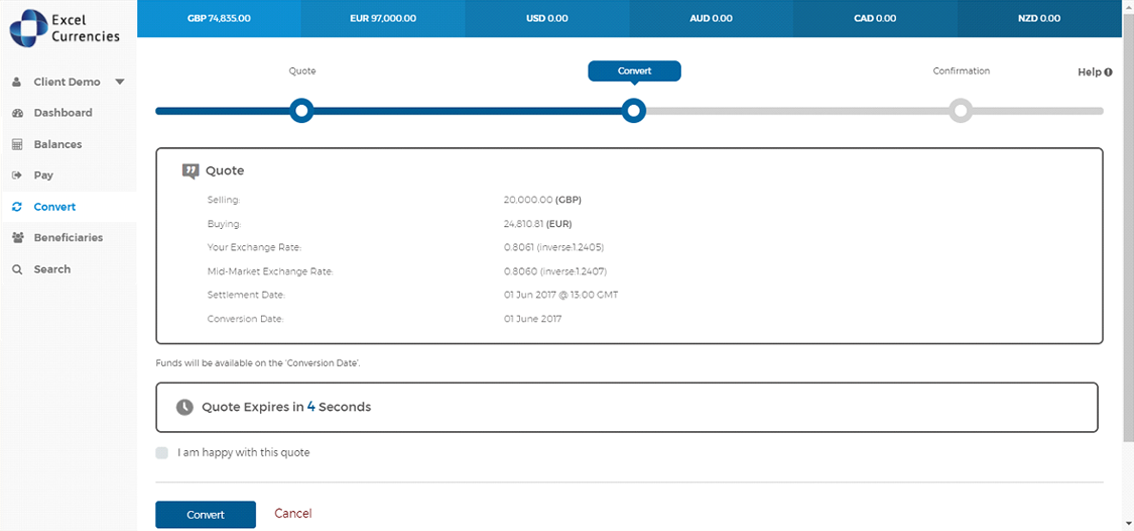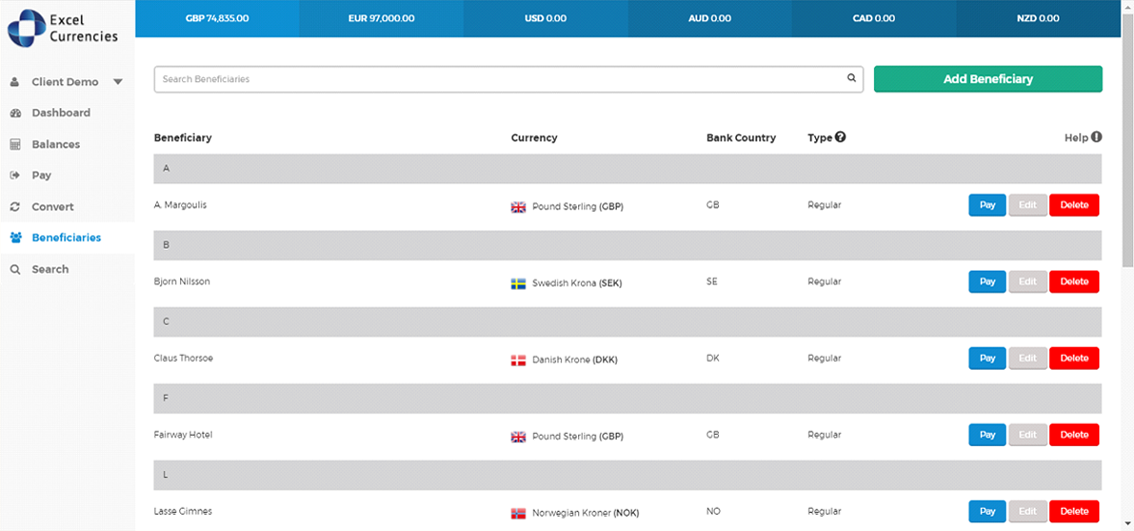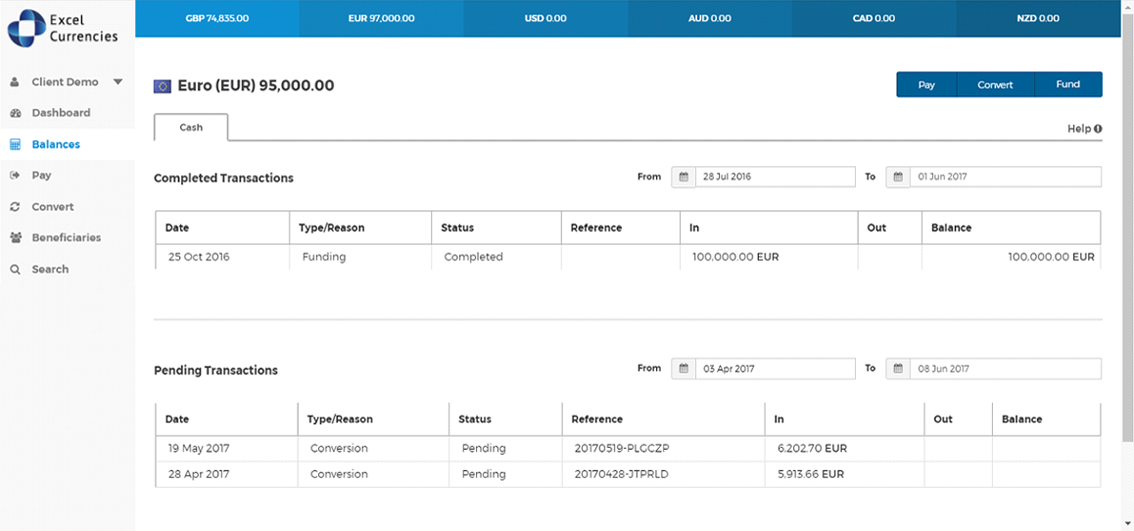|
The Pound has stabilised somewhat today after being tested in yesterday's trading. The jump has come on the back of predictions being made by the National Institute of Economic and Social Research (the UK's longest running independent research institute). They forecast the UK is likely to avoid a technical recession this year..
The think-tank says GDP growth will remain close to zero, an improvement on what both the IMF & BoE suggest currently. The report agrees with recent comments made by MPC member Catherine Mann, in that the Bank will have to contend with above-expected inflation readings over the coming months. This then implies higher interest rates and for longer (good news for £).
"Financial conditions are in a bit of a sweet-spot" were the main comments by Fed Chair Powell last night. The Dollar continues on its comeback trail and seemingly is forcing investors to backtrack on near-term $ positions. Before last week, there was practically 4-weeks of decline for the USD and it looked as if markets were fully bearish on the year as a whole for the currency (after a booming 2-years).
The recent jobs data though really has put a spanner in the works. 500,000 more jobs were created in January, which was treble the figure forecast. The narrative of 'higher interest rates for longer' is therefore back on the table, which will increase the value of the Dollar. The Fed is expected to go further than the BoE on interest rates (currently by 1%), which is why £-$ rates look a bit stuck.
The psychological barriers of £-€1.12 mid-market and £-$1.20 are also resistance levels for the Pound. Generally, that means the pairs will only trade a short period of time under the said threshold, before propelling itself above again. However, near-term risk is very much still tilted to the downside for Sterling and so it wouldn't be a surprise to see the levels downgraded near-term.
|

 Twitter
Twitter Facebook
Facebook linkedin
linkedin Google
Google